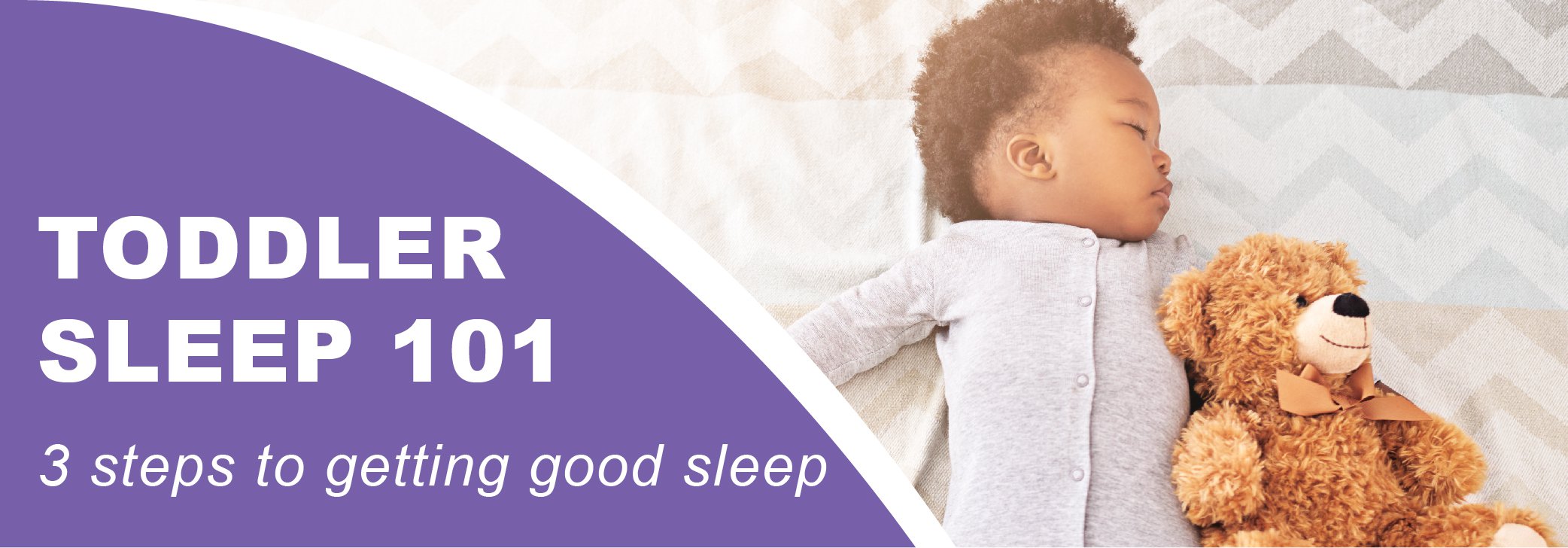
For those that suffer with Eczema, or the parent of a child that suffers with it, it’s a constant struggle to keep it under control. There are several types of irritating skin conditions known more broadly as “Eczema”. Children may be impacted as early as 6 months old, and symptoms include dry, itchy and inflamed skin. While there is no cure for Eczema, it can be treated. Here are some tips for daily skincare and managing unpleasant flare-ups:
- Hydrate the skin 2 -3 times per day using a plain petroleum or glycerin-based cream. For busy hands and feet, light-weight cotton gloves or socks may be worn to hold the cream on the skin.
- Include a shower or bath, followed by moisturizer into your routine when possible. Follow the 3 minute rule after applying lotion to Eczema-prone skin: wait 3 minutes before dressing your child to give their skin a chance to absorb the moisturizer.
- Frequent washing of hands can strip the much-needed oils from the skin. Place a bottle of your favorite moisturizer next to the sink to help replace some of the oils that keep the skin from cracking and are so important for Eczema sufferers.
- Flare-ups are inevitable, and when they occur your child’s doctor may prescribe a steroid for relief. Typically, steroids are applied once or twice a day for up to a week to knock-out those flare-ups. When you see the skin getting red, dry, cracked or inflamed, contact your pediatric provider right away to get started on treatment.
- Understand what triggers your child’s Eczema. There are several types of Eczema, each with their own triggers and symptoms. These triggers may include sweat and/or drool on the skin, dry skin that goes untreated, heat or allergens. Know when your child is vulnerable to a flare-up and help them avoid exposure to triggers.
Eczema symptoms may change as your child grows. Make an appointment with your pediatric provider to determine what type of Eczema you’re dealing with, and how-to best manage your child’s condition at every stage of life.
It’s easy to schedule an appointment with your pediatric provider – simply visit our online appointment tool, scroll to find your pediatric provider, and click to schedule an appointment at a time that works for your family!



